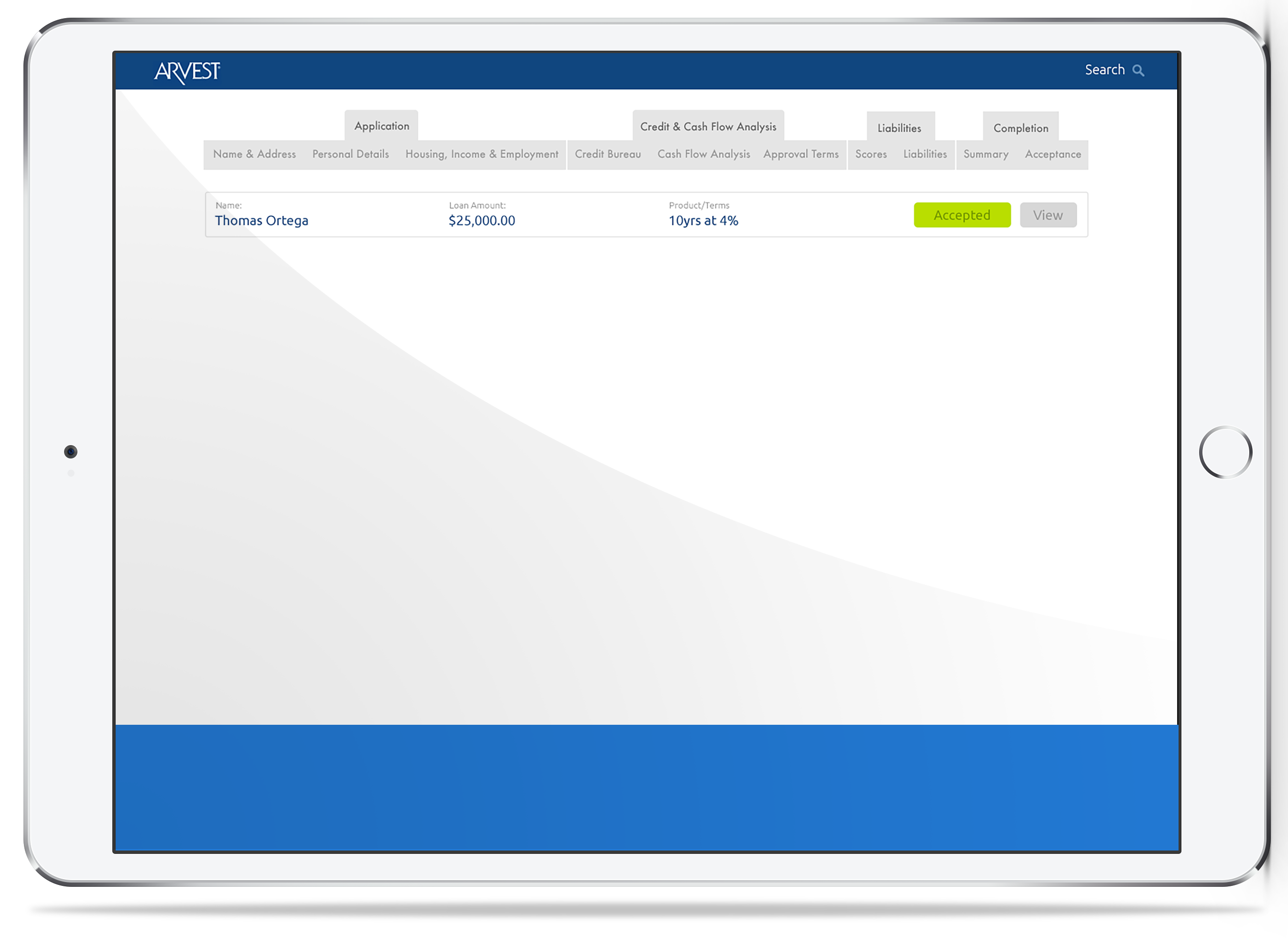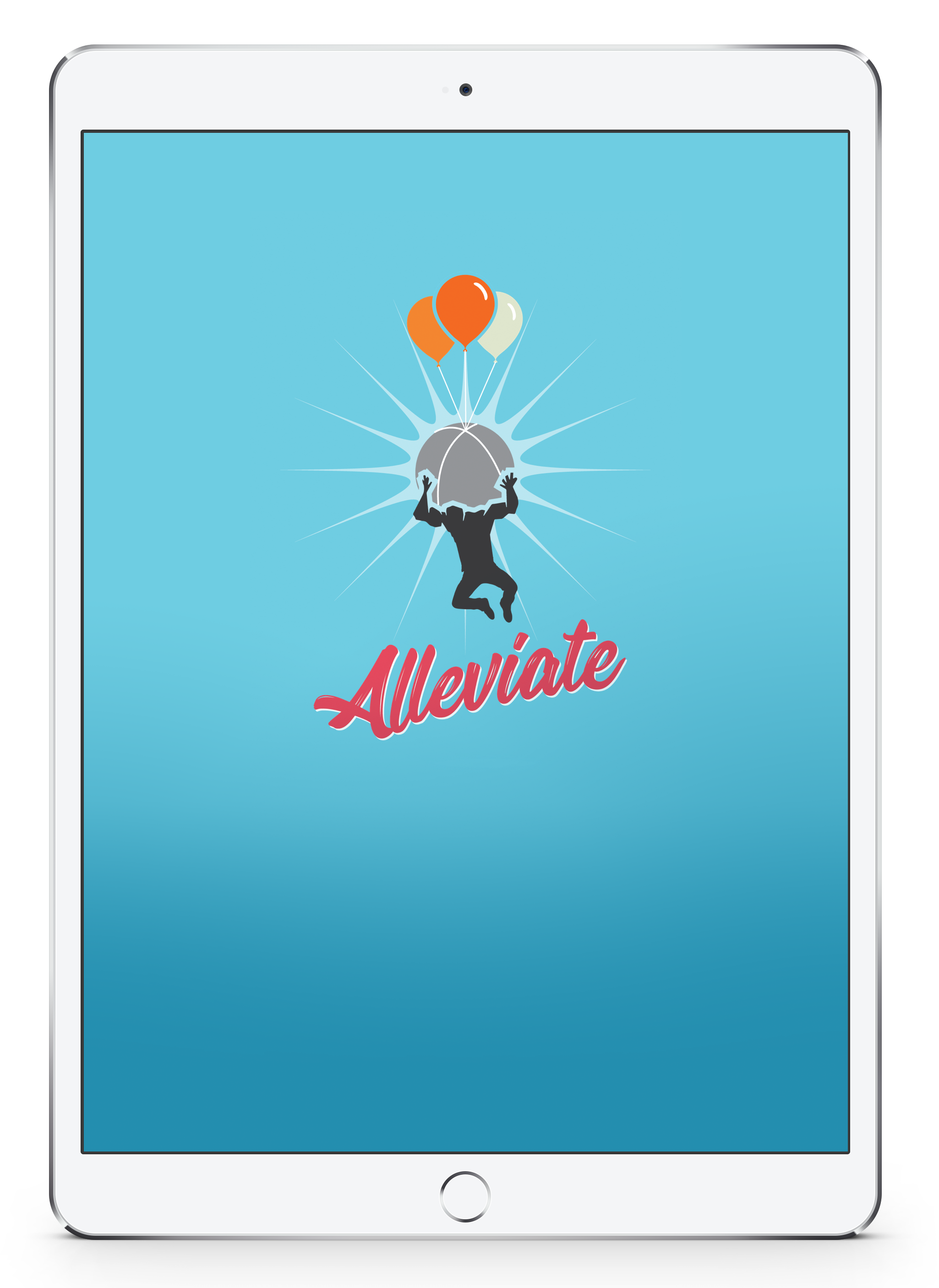Early in my consulting career, I worked on a project with American Express. The gist of the project was they went to The Walt Disney Company and said, “Look. We’ll pay your bills in a timely manner, and you just pay us.” Disney asked, “How do you make money?” Amex said, “We’ll charge your vendors a small percentage fee for processing the payments.” At the time, I was working with a company that was a vendor of Disney. Since 75% of the small company’s revenue came from Disney, we had a vested interest in helping make this joint effort between Amex and Disney work.
While I never officially worked for American Express, I was crucial to the success of the project. (I even have a letter stating so from an American Express manager who played a key role in the new program.) I was not only the most active user in terms of payment volume processed but also in the amount of feedback I provided. Once American Express realized that I was a programmer as well as a user, they utilized me even more. I remember being on conference calls with this American Express manager in New York and their programmer in Arizona. We’d work out bugs, redesign screens and talk about how to make the application better over all.
The project was a success. The system worked beautifully and because I had a hand in the design, I was an expert in how to use the application. It was my first introduction to how I could play a role in implementing a project. Even though I was working for one of the smaller players involved in the project, I got to interact with those from larger enterprises. I got to understand how they thought and how I could help them be successful.


